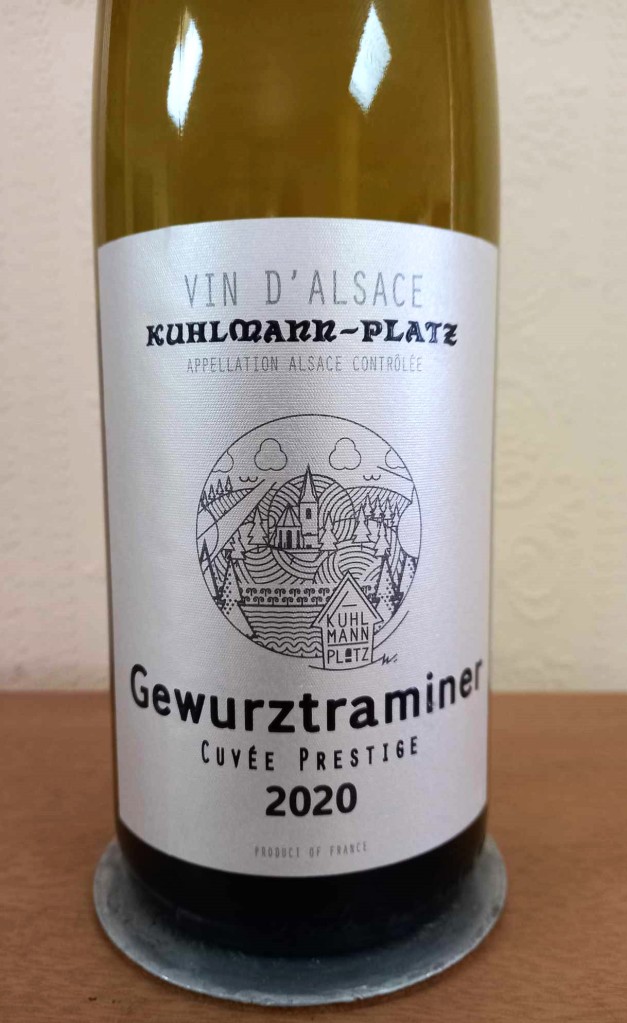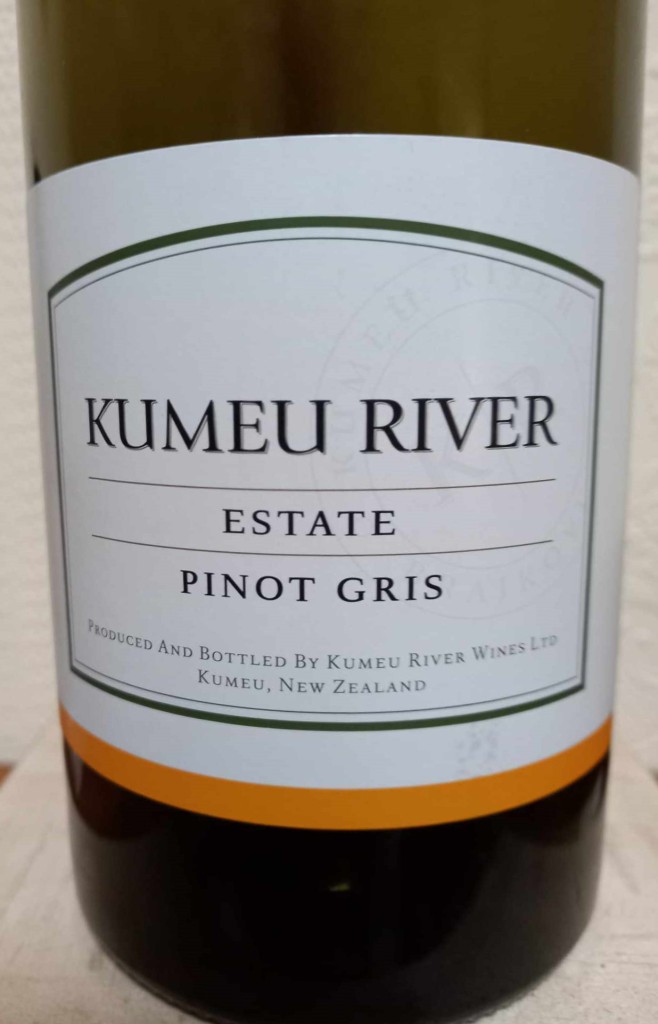Wine buying is full of traps for the unwary. Take Pouilly Fumé and Pouilly Fuissé for example. Easy to confuse but two very different wines, one a Loire Sauvignon, the other a Chardonnay from Burgundy. Or, how about Chinon and Chenin: a French wine region and a white grape variety respectively. Talking about grape varieties, the same one can have different names depending on where it is growing – Syrah/Shiraz is just one of many examples of that. And even wines with the same name can taste very differently to one another; the familiar Côtes du Rhône can come from a vast area of vineyards and producers can blend from more than 20 grape varieties depending on their preference – so, if you find one you like, stay with it, others may not be to your taste!
But perhaps the prize for the biggest trap of all goes to Montepulciano. The same name is both a red grape variety, grown mainly in Eastern Italy (you may know the easy drinking fruity red Montepulciano d’Abruzzo) and a village in Tuscany which, just to add to the confusion, uses an entirely different grape for its famous wine. The austere and ageworthy red Vino Nobile di Montepulciano is made from the Sangiovese variety, beloved of devotees to Chianti.
The village of Montepulciano also makes a 2nd, more approachable (and significantly cheaper!) red wine, also using Sangiovese and we opened a bottle recently. Duca di Saragnano’s Rosso di Montepulciano (DBM Wines, £11.99) is deeply coloured with berry fruits and spice on the nose. The palate is quite intense and rich with flavours more reminiscent of dried fruits and sweet spices leading to a long, dry finish. The well-integrated tannins of the 2021 vintage indicate drinking now or in the next year or so, rather than a wine for keeping. Interestingly, the label suggested pairing with roasted white meats – we decided on braised lamb shanks instead, which my wife and I think worked really well.
So, next time you see ‘Montepulciano’, look very carefully at the other words on the label – it’s one of the easiest traps to fall into and if you buy the wrong one, you’ll open a very different wine to the one you were expecting.




